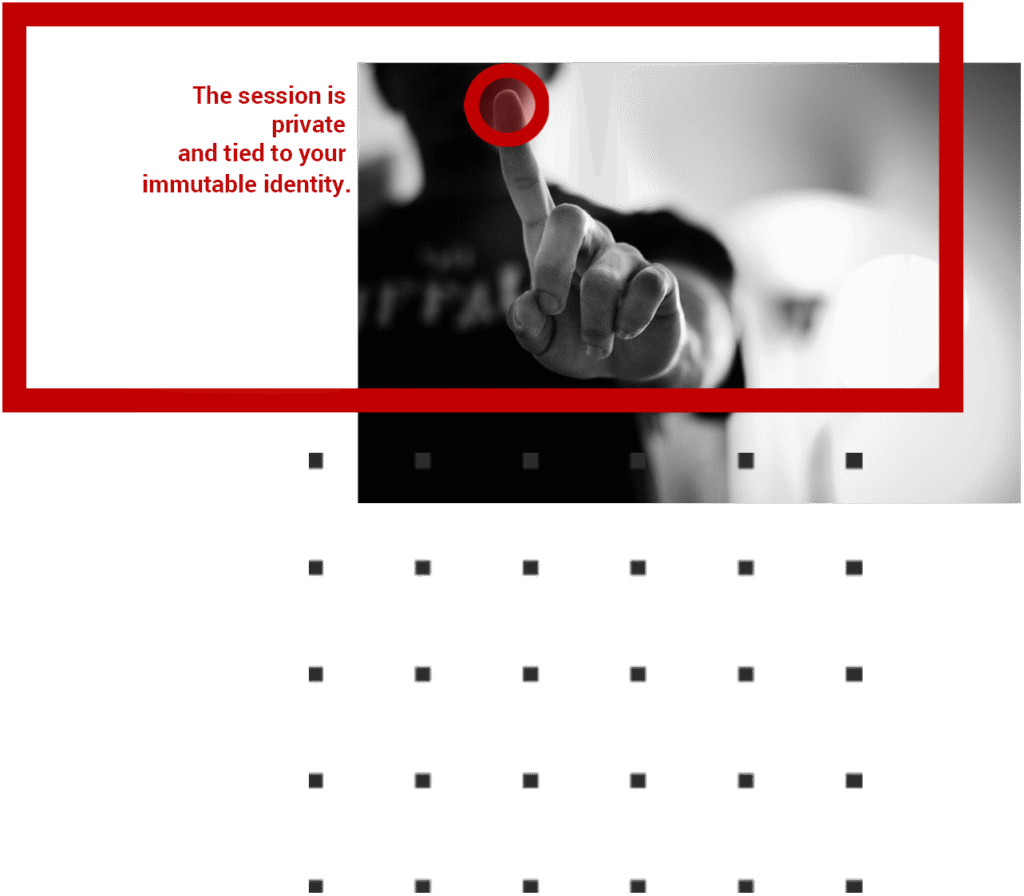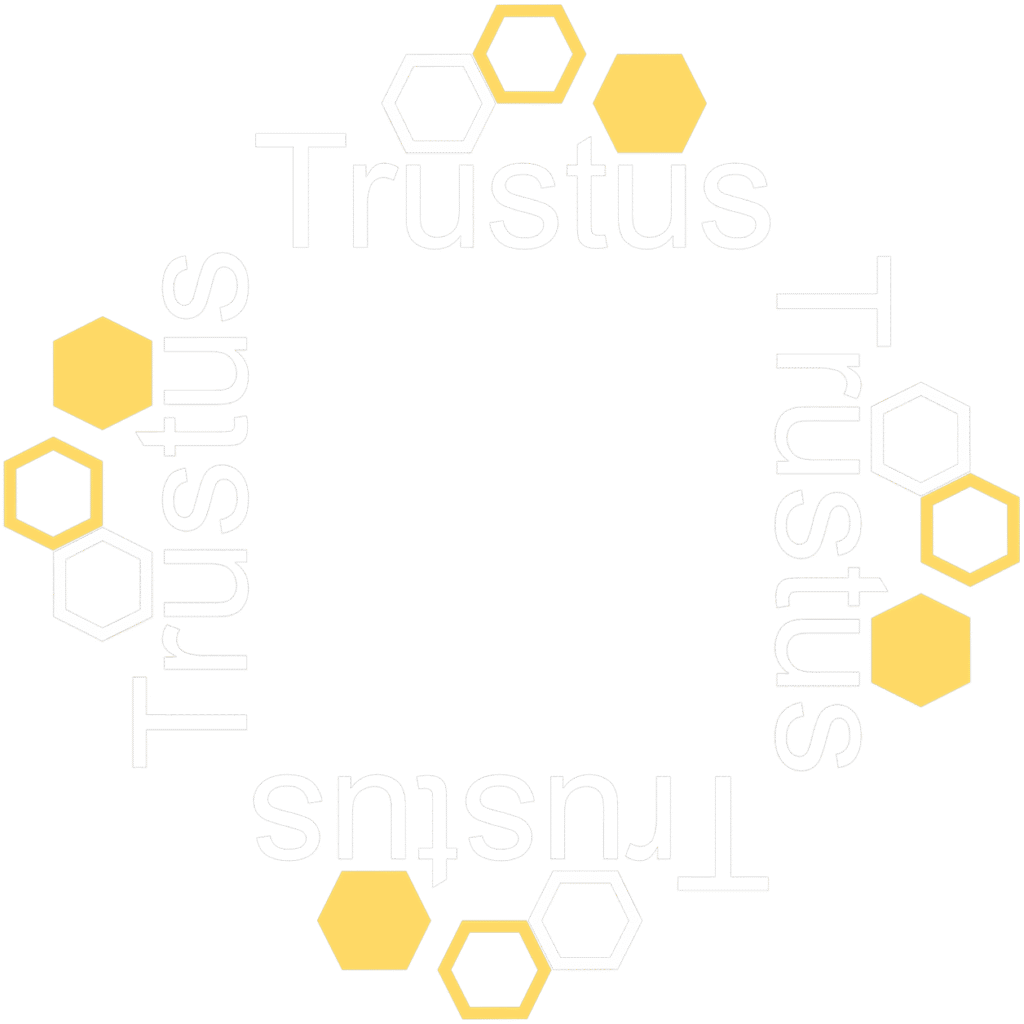Trustus AAM
Application Access Management:
Privatized Access for the Distributed
Enterprise

Modern enterprise operates without boundaries — across multiple cloud tenants, dynamic infrastructure, and traditional domains. Trustus addresses the resulting security void by introducing Privatized Access Management, establishing a cryptographic trust layer that makes security control absolute, irrespective of location.
We move beyond traditional firewalls and network-based isolation to create an Identity-Defined Access Model that is private by design.
Privatized Access: The Shift from Network to Identity
Privatized Access means the application or resource is not discoverable or visible until the user's identity is cryptographically verified by Trustus.
Trustus ensures the session itself is private and tied to a unique, non-phishable identity:
● Invisibility by design: Resources in any environment are not visible or connectable to any endpoint
unless that endpoint first presents a valid Trustus certificate.
● Secure Connection: Access is strictly established by the Privacy Bridge for device-to-resource.

The Trustus Scope: Securing Tenant, Cloud, and Domain
Trustus applies its Foundational Trust model across the three main frontiers of modern
enterprise IT, unifying access control.
Boundary
Tenant (SaaS & Multi-Tenant)
Cloud (AWS, Azure,
Google Cloud)
Domain
(Web-Enabled Apps)
The Challenge
Preventing tenant-based attacks and unauthorized access to environments like Microsoft 365, Salesforce, or custom clouds.
Protecting infrastructure management consoles, container environments, and APIs that are vulnerable to credential theft.
Securing all web-enabled applications and the private domain they reside on, without the complexity and risk of legacy VPNs.
How Trustus Provides Privatized Access
Trustus enforces cryptographic identity prior to the user hitting the native Identity Provider (IdP), serving as an unbreachable gate. Only trusted enterprise identities can attempt access, blocking unauthorized or personal accounts.
Trustus certificates enable secure machine-to-machine authentication (mTLS) and user-to-service access, eliminating human-readable secrets (passwords, access keys) for critical cloud infrastructure management.
The Trustus Privacy Bridge access gateway fronts the domain. It uses the foundational cryptographic identity
of the user and device to authorize the connection and secure access to internal web applications and the underlying private network resources.
Foundational Trust: The Engine of Privatized Access
Driven by the cryptographic core of the Trustus AAM platform:
● X.509 Certificates as Immutable Identity: Every user and device is issued a unique, X.509, software-enabled digital certificate. This certificate replaces phishable credentials and is the non-transferable, non-phishable identity source.
● PKI-Based Access Control: Trustus transforms application access into a cryptographic handshake. Only
the device and user possessing the correct, active certificate are allowed to establish a secure tunnel.
● Real-Time Enforcement: Access policies are based on the certificate's status, not just network parameters.
If a device becomes non-compliant, its certificate is instantly revoked, immediately and uniformly cutting off
all ‘privatized access’ across every Tenant, Cloud, and Domain simultaneously.

